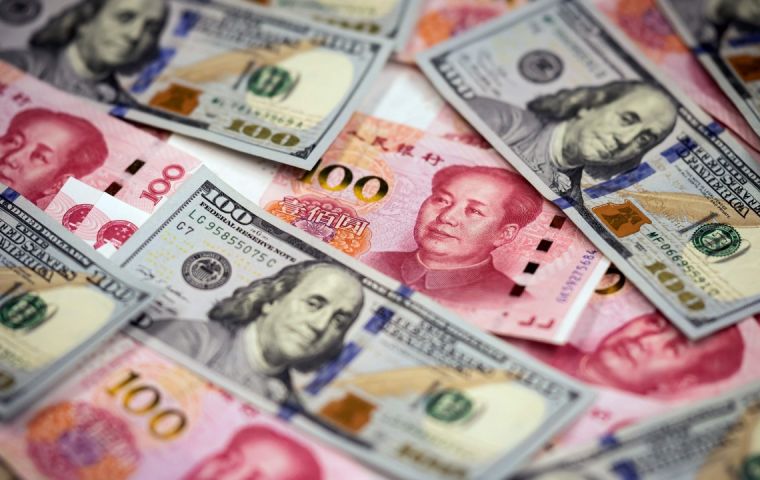MercoPress. South Atlantic News Agency
Global FDI collapsed in 2020, down 37% for Latin America, and 2021 does not look much better, UNCTAD
 “For developing countries, the prospects for 2021 are a major concern,” UNCTAD. James Zhan said.
“For developing countries, the prospects for 2021 are a major concern,” UNCTAD. James Zhan said. Global foreign direct investment (FDI) collapsed in 2020, falling 42% from US$ 1.5 trillion in 2019 to an estimated US$ 859 billion, according to a UNCTAD Investment Trends Monitor released on Sunday.
Such a low level was last seen in the 1990s and is more than 30% below the investment trough that followed the 2008-2009 global financial crisis.
Despite projections for the global economy to recover in 2021 – albeit hesitant and uneven – UNCTAD expects FDI flows to remain weak due to uncertainty over the evolution of the COVID-19 pandemic.
The organization had projected a 5-10% FDI slide in 2021 in last year’s World Investment Report.
“The effects of the pandemic on investment will linger,” said James Zhan, director of UNCTAD’s investment division. “Investors are likely to remain cautious in committing capital to new overseas productive assets.”
The report points out that the decline in FDI was concentrated in developed countries, where flows plummeted by 69% to an estimated US$ 229 billion.
Flows to North America declined by 46% to US$ 166 billion, with cross-border mergers and acquisitions (M&As) dropping by 43%. Announced green-field investment projects also fell by 29% and project finance deals tumbled by 2%.
The United States recorded a 49% drop in FDI, falling to an estimated US$ 134 billion. The decline took place in wholesale trade, financial services and manufacturing. Cross-border M&A sales of US assets to foreign investors fell by 41%, mostly in the primary sector.
On the other side of the Atlantic Ocean, investment to Europe dried up. Flows fell by two-thirds to minus US$ 4 billion. In the United Kingdom, FDI fell to zero, and declines were recorded in other major recipients.
But Europe’s overall FDI performance masks a few regional bright spots. Sweden, for example, saw flows double from US$ 12 billion to US$ 29 billion. FDI to Spain also rose 52%, thanks to several acquisitions, such as private equities from the United States Cinven, KKR and Providence acquiring 86% of Masmovil.
Among other developed economies, flows to Australia fell (-46% to US$ 22 billion) but increased for Israel (from US$ 18 billion to US$ 26 billion) and Japan (from US$ 15 billion to US$ 17 billion).
Although FDI flows to developing economies decreased by 12% to an estimated US$ 616 billion, they accounted for 72% of global FDI – the highest share on record.
The fall was highly uneven across developing regions: -37% in Latin America and the Caribbean, -18% in Africa and -4% in developing countries in Asia. FDI to transition economies declined by 77% to US$ 13 billion.
“For developing countries, the prospects for 2021 are a major concern,” Mr. Zhan said. Although, FDI flows in developing economies appear relatively resilient in 2020, greenfield announcements fell by 46% and international project finance by 7%, according to the report.
“These investment types are crucial for productive capacity and infrastructure development and thus for sustainable recovery prospects,” Mr. Zhan added.
The report warns that “the far more limited capacity of developing countries to roll out economic support packages to stimulate investment in infrastructure will result in an asymmetric recovery of project-finance-driven FDI.”




Top Comments
Disclaimer & comment rulesCommenting for this story is now closed.
If you have a Facebook account, become a fan and comment on our Facebook Page!